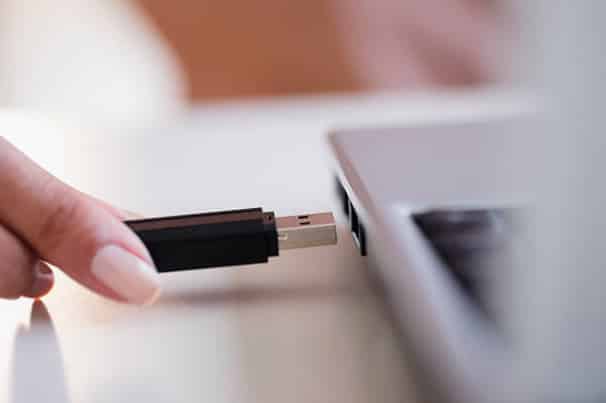Boot USB Dell: How to Fix Boot Issues and Optimize Your System
- 1. Check the USB Device and Port
- 2. Enable USB Boot in Dell BIOS
- 3. Properly Create a Bootable USB Drive
- 4. Update BIOS on Your Dell Laptop
- 5. Troubleshooting Common Boot Issues on Dell Laptops
1. Check the USB Device and Port
Before tackling more advanced fixes, it's important to first ensure that your USB device and port are functioning correctly. A simple but often overlooked solution is to check if the USB drive is working as expected. Try plugging the USB device into another computer to confirm that the issue lies with the Dell laptop rather than the USB stick. Additionally, switching to a different USB port on the Dell laptop could solve the issue if the current port is faulty. Also, make sure that the USB drive is properly formatted and has the correct boot files on it.
2. Enable USB Boot in Dell BIOS
In many Dell laptops, the default boot sequence prioritizes the internal hard drive over external devices like USB drives. To boot from a USB device, you need to change the boot order in the BIOS settings. Here's how to do it: restart your Dell laptop and press the F2 key during startup to enter the BIOS. Once inside the BIOS setup, navigate to the "Boot Sequence" menu and make sure that the USB device is listed above the hard drive in the boot order. Save your changes and restart the system to see if it successfully boots from the USB drive.
3. Properly Create a Bootable USB Drive
If your Dell laptop still isn't booting from the USB device, it's possible the USB drive is not correctly set up as a bootable device. Using reliable software like Rufus or the official Windows Media Creation Tool is crucial for creating a bootable USB. Ensure that you're selecting the correct partition scheme (MBR or GPT) and file system (FAT32 or NTFS), depending on your system's requirements. If the USB device isn't correctly formatted or doesn't have the proper boot files, your Dell laptop will fail to detect it during startup.
4. Update BIOS on Your Dell Laptop
Outdated BIOS firmware on your Dell laptop can sometimes cause issues with USB booting. If your system is using an older BIOS version, it may not support certain modern USB booting methods. Visit the Dell Support website and search for your laptop model to check if there are any BIOS updates available. If an update is offered, follow the instructions carefully to update your BIOS. Once the BIOS is updated, return to the BIOS settings, ensure that USB boot is enabled, and try booting from the USB again.
5. Troubleshooting Common Boot Issues on Dell Laptops
If you've followed the previous steps and the Dell laptop still refuses to boot from the USB, you might be dealing with other issues. One common problem is the "Secure Boot" setting, which restricts booting from unapproved devices. To disable Secure Boot, enter the BIOS and navigate to the "Boot" or "Security" tab, where you can toggle the Secure Boot setting to "Disabled." Another potential culprit is the "Fast Boot" option, which speeds up the startup process but might skip over detecting USB drives. Disabling Fast Boot in the BIOS might resolve this. If you're still stuck, try performing a hard reset of the laptop by removing the battery and holding down the power button for 30 seconds before restarting.
If you're still having trouble booting from USB on your Dell laptop, don't worry! At Ninja Stik, we offer helpful tools and expert advice to guide you through the troubleshooting process. Our reliable products and guides ensure you can resolve your boot issues and get your system up and running smoothly. Explore more and get the assistance you need today!




























